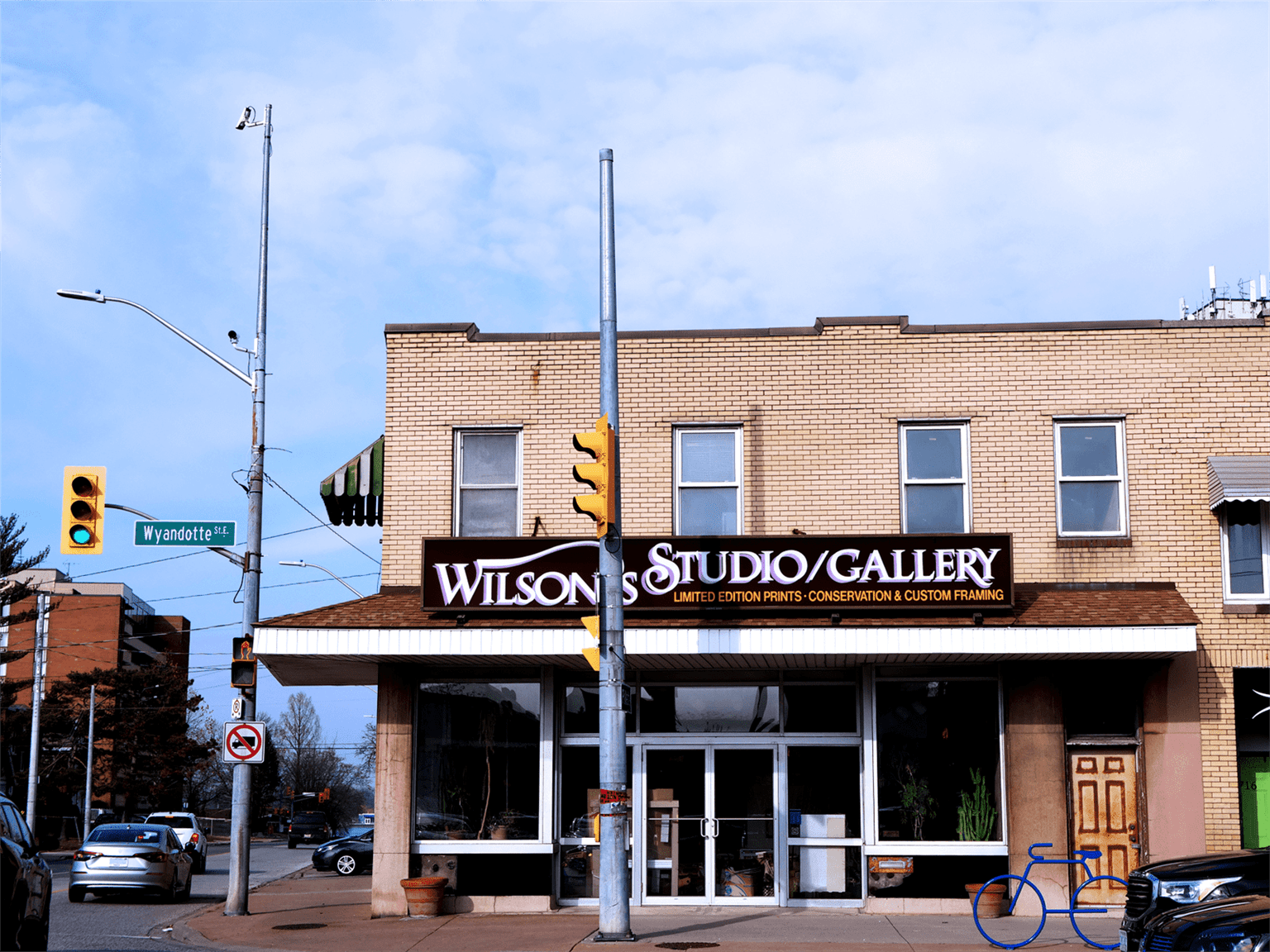Betting on Mixed-Use Commercial Properties is Predicted to Be Big in 2023

In today’s economy, it seems like change is rapid and constant. With so much uncertainty, it’s challenging for investors to know which deals will yield a worthwhile return on investment. The good news is, there are a few things that we can count on in real estate, at least in the foreseeable future, including mixed-use commercial properties.
Mixed-use commercial properties combine several different land-use types into a single building, property or structure. Even after a slight dip in the retail industry in 2017, mixed-use properties promise a one-of-a-kind opportunity for investors who want to leverage multiple revenue streams, generate public interest and maximize profitability.
So, if you would like to explore how to finance mixed-use commercial properties and leverage them for your portfolio, we would like to set up a free strategy call for you. If you would like to take advantage of the opportunity, simply click the link below.
The basics of mixed-use commercial properties
By definition, mixed-use properties incorporate three or more different land uses into a single asset. A mixed-use property might include ground-floor retail, residential units on the upper floors and an adjoining parking structure.
These assets can generate several different streams of revenue for property owners and each aspect of the property helps promote the other. A resident of an apartment unit at the property, for example, can do their grocery shopping at a ground-floor retail store and pay for parking in an adjoining parking structure. In this way, an investor can leverage the profitability of several different assets under a single roof.
The owner of a mixed-use property benefits from multiple profit streams without the cost or complexity of owning and operating several separate properties. Even if one aspect of the mixed-use building becomes less profitable, an investor can still maintain positive cash flow by leaning on two or more additional revenue streams at the same site.
Why choose commercial mixed-use?
There is always a demand for commercial
Many investors have become skeptical of retail investments because of concerning market trends in recent years. The benefit of commercial mixed-use, however, is that investors don’t have to rent to retail tenants. Non-retail businesses are attracted to mixed-use properties for several reasons. Businesses can market a convenient location for employees near housing, parking and other commercial resources. They also benefit from foot traffic around their business location, which can raise awareness of their brand.
Mixed-use commercial properties generate higher rents
Mixed-use commercial properties generate higher rents on average. A residential building with retail on the ground floor can generate 5 percent higher rents than an exclusively residential property. You are also more likely to generate interest from prospective residents because of the retail opportunities on-site.
Commercial tenants improve properties
Commercial tenants have an incentive to maintain the appearance of their storefront to attract clients, so they tend to take much better care of their rental space and the property as a whole. The efforts of your commercial tenants to maintain the appearance of your property can positively benefit your residential tenants and attract positive attention from prospective renters.
Discover How To Buy Commercial Real Estate With This Step By Step Guide
Flexible income options
Commercial rentals aren’t subject to the same restrictions as residential rentals, so you can adjust rental rates and terms much more easily. By tweaking rental rates for your commercial tenants if your margins are off, you can avoid the hassle and complexity of altering agreements with residential tenants.
Mixed-use appeals to multiple demographics
Companies are always looking for opportunities to increase their appeal to Millennials and mixed-use properties have proven to be popular among young people. Commercial mixed-use properties allow young people to live, work and play in the same property, allowing them to save time and money on commuting.
Investing in mixed-use commercial properties
There are several different ways you can get involved in commercial mixed-use real estate. One of the most common investment strategies is mixed-use construction and development. Investors design and build commercial mixed-use properties from the ground up. This gives investors the freedom to create a property with a configuration and layout that’s tailor-made for the specific market.
Another way investors can get involved in commercial mixed-use is by purchasing existing mixed-use developments that have already stabilized within the market. These deals are often hard to come by, especially in urban markets, but they offer great potential for profitability without as much risk as ground-up mixed-use construction. Finally, investors can purchase an existing property for less than the market value, flip the property and rent the renovated property to commercial and residential tenants.
With so many different revenue streams for investors and strong demand for commercial mixed-use across demographics, the profitability potential for real estate investors who put their capital into mixed-use assets is significant.
If you would like to learn more about how you can finance your mixed-use commercial properties and use them to grow your portfolio, we encourage you to click the link below to book a free strategy call with our team.
